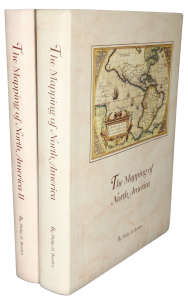Rare Maps and Prints
- World & Celestial
- North America
- West Indies, South & Central America
- British Isles
- British Isles
- English counties
- Large-scale
- Bedfordshire
- Berkshire
- Buckinghamshire
- Cambridgeshire
- Cheshire
- Cornwall
- Cumberland
- Derbyshire
- Devon
- Dorset
- Durham
- Essex
- Gloucestershire
- Hampshire
- Herefordshire
- Hertfordshire
- Huntingdonshire
- Islands
- Kent
- Lancashire
- Leicestershire
- Lincolnshire
- Middlesex
- Norfolk
- Northamptonshire
- Northumberland
- Nottinghamshire
- Oxfordshire
- Rutland
- Shropshire
- Somerset
- Staffordshire
- Suffolk
- Surrey
- Sussex
- Warwickshire
- Westmoreland
- Wiltshire
- Worcestershire
- Yorkshire
- Wales
- Scotland
- Ireland
- Western Europe
- Eastern Europe
- Middle East
- Africa
- Asia
- Australasia & Pacific
- Decorative Prints
- Title Pages
Mr. Philip D. Burden
P.O. Box 863,
Chalfont St. Giles, Bucks HP6 9HD,
UNITED KINGDOM
Tel: +44 (0) 1494 76 33 13
Email: enquiries@caburden.com
A fine decorative engraving illustrating the indigenous people of the Americas published by the Jacques Grasset de Saint-Saveur (1757–1810). Born in Montreal, along with his family, he fled to France following the handover of Canada to the British in 1763. He became a diplomat, serving in Hungary and Cairo. He was also a writer and artist specialising in ethnography. This engraving depicts twenty-four differing peoples, each keyed and identified in the text below. These include Mexico, Peru, California, Acadie, United States of America, Canada, ‘Eskimaux’, Terra del Fuego, Patagonia, Greenland, Paraguay, Chili, Guyana, Florida, Panama, Brazil, Louisiana, greater and lesser Antilles, Amazon, New Mexico, and Quito, arranged in three flowing scenes. These illustrate their costumes, weapons, habitations, boats, and occupations. The decorative border includes various fauna including monkeys, armadillos, snakes, frogs, beavers, squirrels, parrots, deer, and bears, along with plants such as pineapples. Grasset de Saint-Sauveur published a series of five such plates on the peoples of the four continents and one on the discoveries of Captain James Cook and the Comte de La Perouse.






